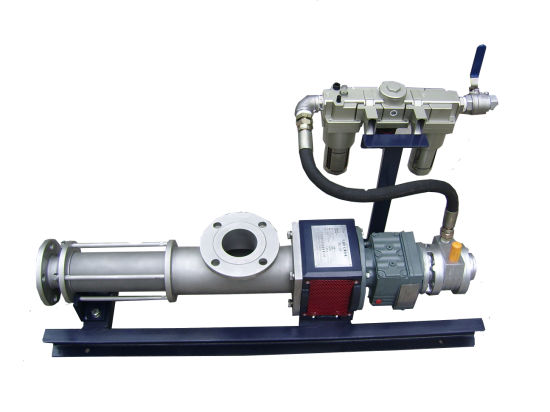Pneumatic pumping systems are vital components in various industrial processes, playing a pivotal role in transporting fluids and gases efficiently. To ensure optimal performance, it is essential to implement strategies that maximize reliability, efficiency, and safety. In this article, we will explore key strategies for achieving pneumatic pumping excellence.
Proper System Design – The foundation of pneumatic pumping excellence lies in the initial system design. Engineers and designers must carefully consider factors such as flow rate, pressure requirements, and the nature of the transported media. By accurately sizing pumps and selecting appropriate components, designers can optimize system performance and minimize energy consumption.
Regular Maintenance – Routine maintenance is crucial for preventing downtime and prolonging the lifespan of pneumatic pumps. Establishing a comprehensive maintenance schedule that includes inspections, lubrication, and replacement of worn parts can significantly reduce the risk of unexpected breakdowns. Early detection of issues can also prevent costly repairs and production delays.

Efficient Air Compressors – The quality and efficiency of the air compressor directly impact pneumatic pumping performance. Investing in high-quality, energy-efficient air compressors ensure a stable and clean air supply to the pump. Regular maintenance of compressors, such as cleaning air filters and checking for leaks, is essential to maintain their efficiency.
Control Systems – Advanced control systems are essential for optimizing bomba pneumatica operations. Variable frequency drives VFDs allow operators to adjust pump speed and airflow to match changing process demands. This not only improves energy efficiency but also extends the life of the pump by reducing wear and tear during startup and shutdown.
Pressure Regulation – Precise pressure control is critical for achieving optimal performance. Pressure regulation devices, such as pressure relief valves and regulators, help maintain consistent pressure levels within the system. This prevents over-pressurization, which can lead to pump damage and safety hazards.
Filtration and Drying – Clean and dry compressed air is essential for the longevity of pneumatic pumps. Installing effective filtration and drying systems ensures that the air supply is free of contaminants and moisture. This not only extends the life of the pump but also reduces the risk of corrosion and blockages in the system.
Monitoring and Data Analysis – Modern technology enables real-time monitoring of pneumatic pumping systems. Utilizing sensors and data analysis tools allows operators to detect performance deviations and potential issues early. Predictive maintenance strategies can be implemented based on collected data, further reducing downtime and maintenance costs.
Training and Education – A well-trained and knowledgeable workforce is a valuable asset in achieving pneumatic pumping excellence. Investing in employee training ensures that operators can operate and maintain pumps correctly. They should be familiar with safety protocols and troubleshooting techniques to respond effectively to unexpected situations.
Energy Efficiency – Energy consumption is a significant cost factor in pneumatic pumping systems. Implementing energy-efficient practices, such as optimizing pump speed and utilizing recuperation systems to recover energy during deceleration, can lead to substantial savings in operational costs.
Safety Measures – Safety should always be a top priority when working with pneumatic pumping systems. Properly trained personnel, safety protocols, and equipment safeguards are essential to prevent accidents and protect both the workforce and the environment.